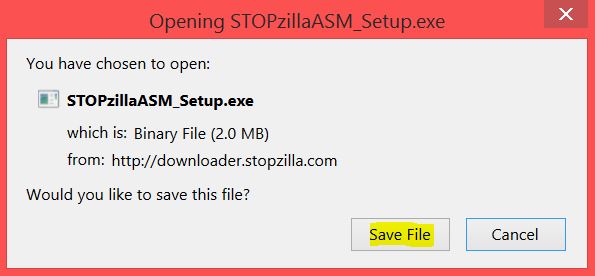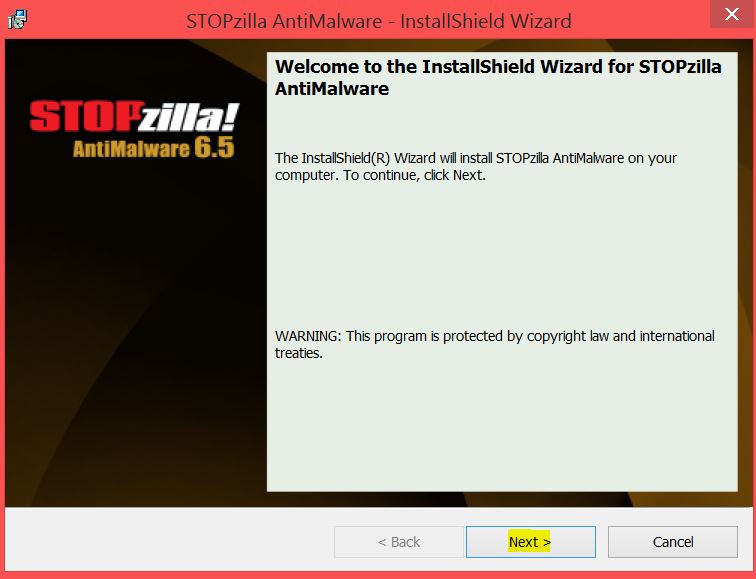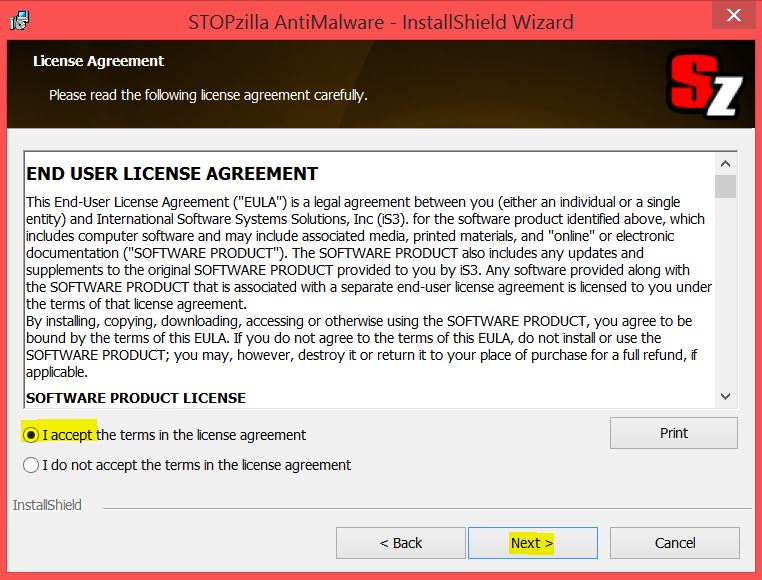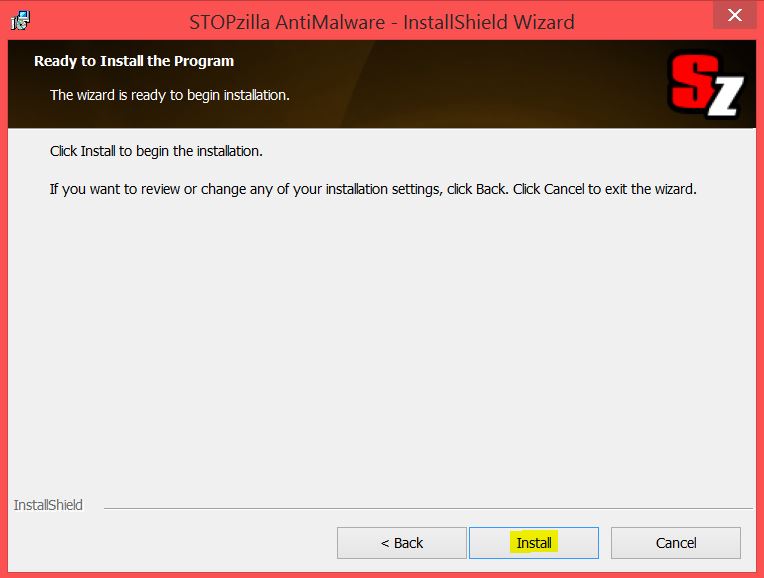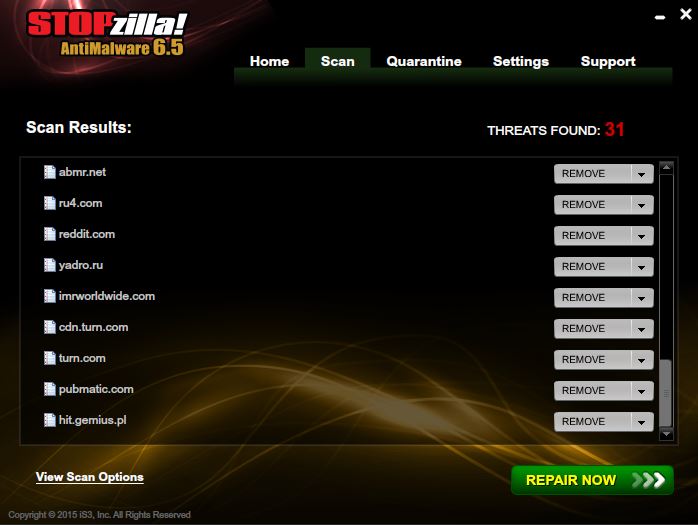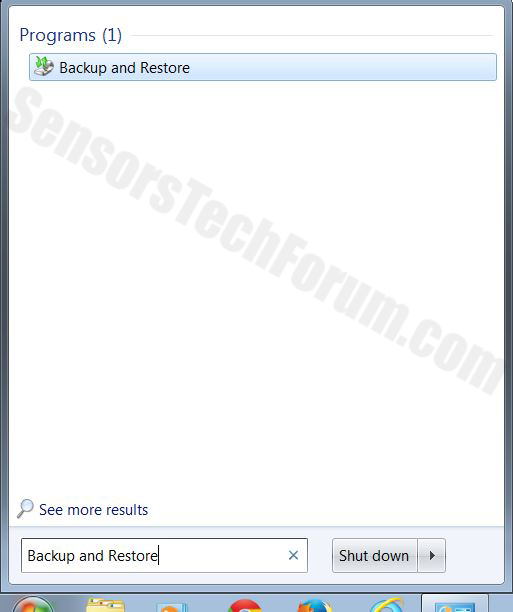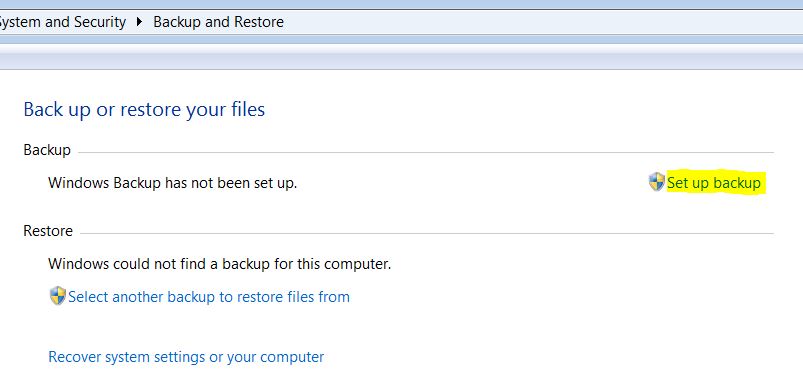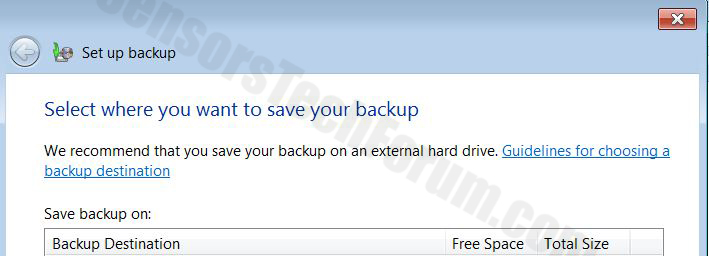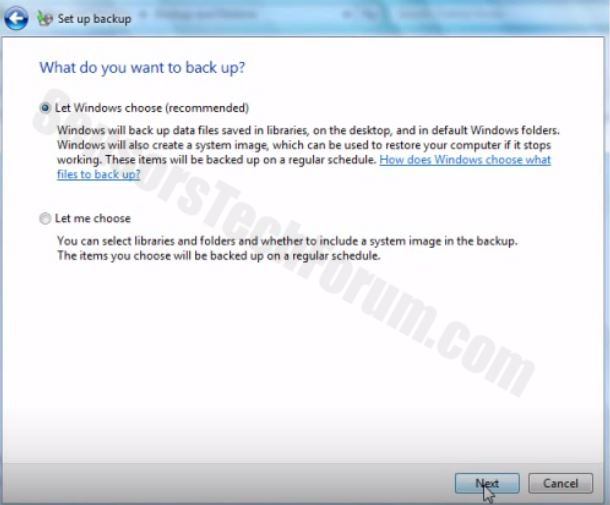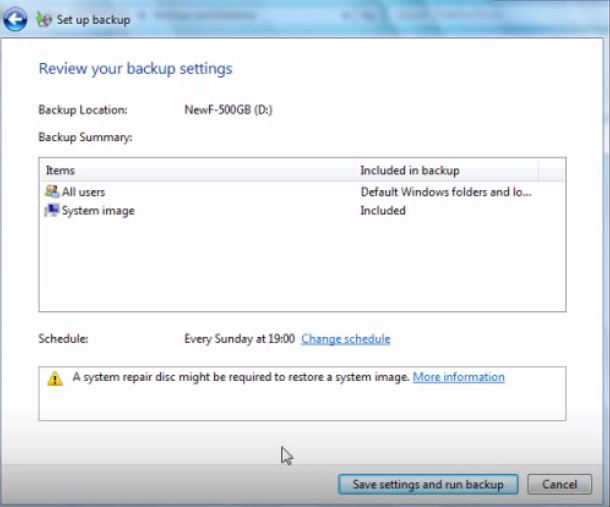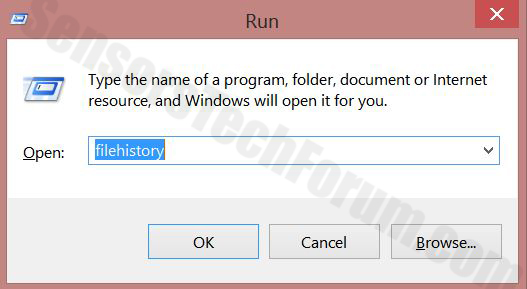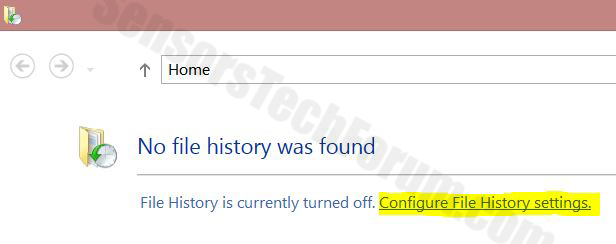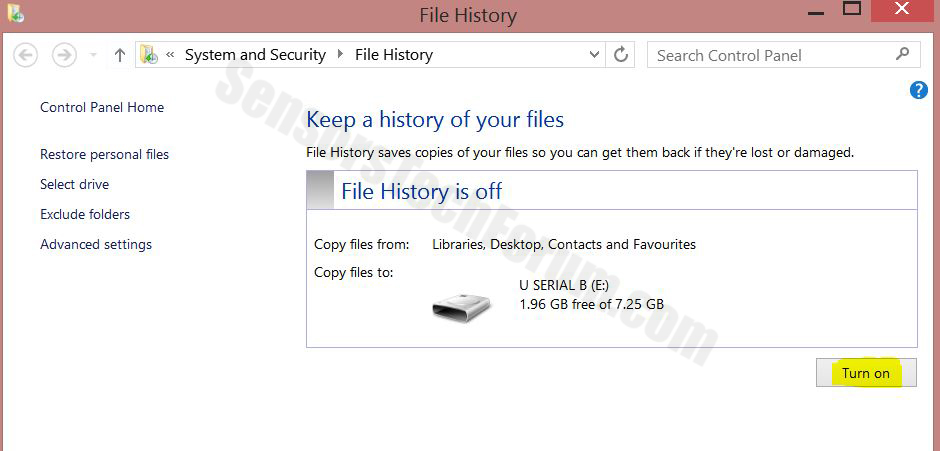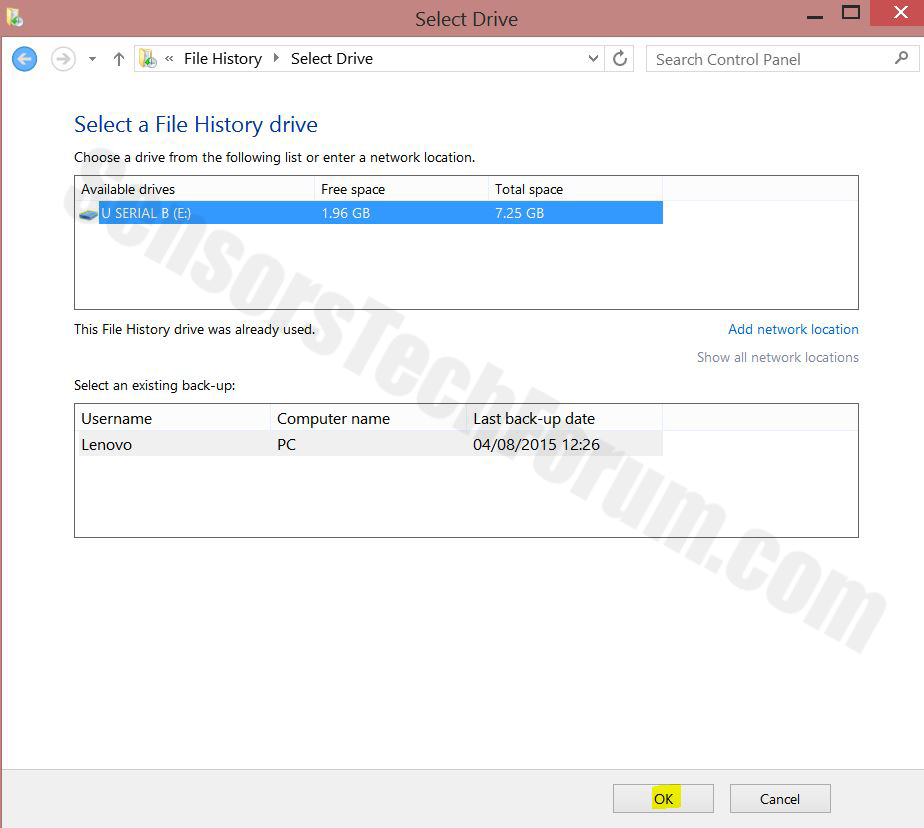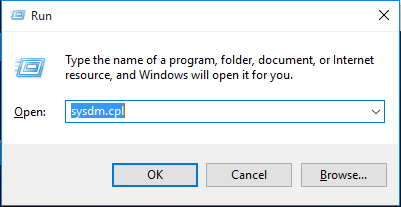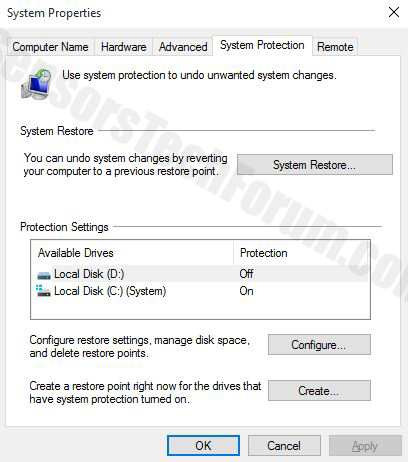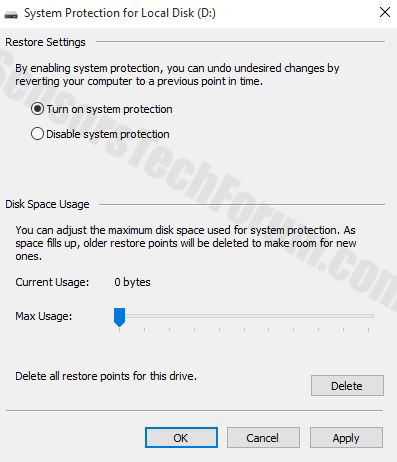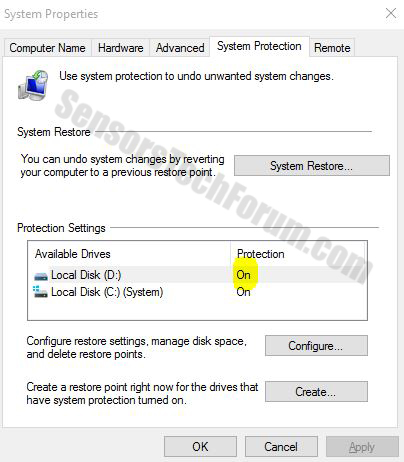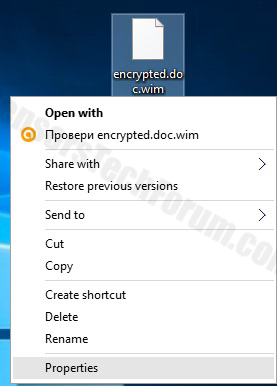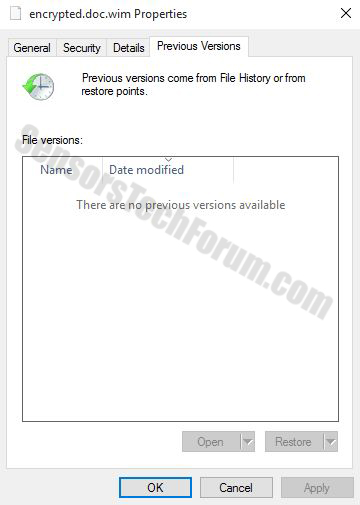A particularly dangerous ransomware has arisen from the depths of the internet, going by the name of DecryptorMax. The questionable cyber threat is reported to replicate several files in the infected user PC and scan for various files to encrypt them. The ransomware then leaves a ransom note notifying the user that they should pay if they wish to receive the decryption key and software.
| Name | DecryptorMax Ransomware |
| Type | Ransomware |
| Short Description | Reported to encrypt user data and ask for ransom. |
| Symptoms | The user has unfamiliar extensions and his/her files are corrupt. A ransom message with instructions may be seen. |
| Distribution Method | Malicious URLs, Spam mails, Targeted attacks |
| Detection Tool | Download Malware Removal Tool, to See If Your System Has Been Affected by malware |
| User Experience | Join our forum to discuss about DecryptorMax Ransomware. |
DecryptorMax Ransomware – How Did I Get Infected?
One way to become a victim of this ransomware infection is to open spam mail with a malicious attachment in it. Usually spam mails go in campaigns and they infect users on a massive scale. This particular threat may feature a message pretending to be from a well-known recipient such as Windows, Apple or someone important. The message may contain several attachments, one of which may be the malware itself, in the following file extensions:
→.bat, .exe, .bin, .html,
Another way of getting this ransomware is via targeted attacks by social media or other software as well as physical access to the victim’s computer. What is more, this particular ransomware may also come in malicious links in case the user has a browser hijacker or other unwanted adware causing redirects to third-party sites.
DecryptorMax Ransomware – More About It
Once activated on the user PC, the ransomware may create several files that may be with .dll and .exe extensions in the following folders:
→%appdata%
%temp%
%Local%
%Users%
%SystemDrive%
Once it has created all the necessary files to infect the user PC, a ransomware trojan may create registry values to make them run on start up. This can happen by creating an entry in the following key:
→HKEY_CURRENT_USER\Software\Microsoft\Windows\CurrentVersion\Run\
After executing its files, the ransomware may have a lot of features, such as firewall and antivirus disabling and others. The main feature however may be its scanning mechanisms that look for files with all sorts of extensions, main of which may be:
→.doc, .docx, .pdf, .jpg, .mp3, .mp4, .avi, .txt, .vdi
Once discovered, the ransomware may encrypt thousands of files with a strong encryption algorithm, the ransomware may leave a ransom note, reported by virus researchers to be the following:
→“Your documents, photos, databases and other important files have been encrypted with a military grade encryption algorithm.
The only way to decrypt your files is with a unique decryption key stored remotely in our servers.
All your files are now unusable until you decrypt them. You have 24 hours to pay the release of your decryption key. After 24 hours have passed your decryption key will be erased and you will never be able to restore your files.”
Some affected users have also reported to see instructions on how to pay online anonymously. Either way security engineers recommend not to pay the ransom and to seek other alternatives such as the removal and decryption instructions after this article.
Removing DecryptorMax Ransomware
In order to remove this ransomware, you should follow the step-by-step tutorial provided after this article. It is highly advisable to use an advanced anti-malware program that will discover every file associated with this malware and to scan your PC in Safe Mode in order to isolate the threat and remove it before starting to decrypt the files.
It is also recommended to copy the encrypted data to another device before scanning with anti-malware scanner since the malware may have scripts that could damage or delete the files after it has been removed from the user PC.
Restoring Your Files
There are several methods to restore files encrypted by ransomware. One of them is to use one of Kaspersky`s decryption software:
https://support.kaspersky.com/viruses/utility
Another and more tech savvy method is to use python and cado-nfs in Linux:
https://sensorstechforum.com/restore-files-encrypted-via-rsa-encryption-remove-cryptowall-and-other-ransomware-manually/
Preparation before removing DecryptorMax Ransomware.
Before starting the actual removal process, we recommend that you do the following preparation steps.
- Make sure you have these instructions always open and in front of your eyes.
- Do a backup of all of your files, even if they could be damaged. You should back up your data with a cloud backup solution and insure your files against any type of loss, even from the most severe threats.
- Be patient as this could take a while.
- Scan for Malware
- Fix Registries
- Remove Virus Files
Step 1: Scan for DecryptorMax Ransomware with SpyHunter Anti-Malware Tool



Step 2: Clean any registries, created by DecryptorMax Ransomware on your computer.
The usually targeted registries of Windows machines are the following:
- HKEY_LOCAL_MACHINE\Software\Microsoft\Windows\CurrentVersion\Run
- HKEY_CURRENT_USER\Software\Microsoft\Windows\CurrentVersion\Run
- HKEY_LOCAL_MACHINE\Software\Microsoft\Windows\CurrentVersion\RunOnce
- HKEY_CURRENT_USER\Software\Microsoft\Windows\CurrentVersion\RunOnce
You can access them by opening the Windows registry editor and deleting any values, created by DecryptorMax Ransomware there. This can happen by following the steps underneath:


 Tip: To find a virus-created value, you can right-click on it and click "Modify" to see which file it is set to run. If this is the virus file location, remove the value.
Tip: To find a virus-created value, you can right-click on it and click "Modify" to see which file it is set to run. If this is the virus file location, remove the value.Step 3: Find virus files created by DecryptorMax Ransomware on your PC.
1.For Windows 8, 8.1 and 10.
For Newer Windows Operating Systems
1: On your keyboard press + R and write explorer.exe in the Run text box and then click on the Ok button.

2: Click on your PC from the quick access bar. This is usually an icon with a monitor and its name is either “My Computer”, “My PC” or “This PC” or whatever you have named it.

3: Navigate to the search box in the top-right of your PC's screen and type “fileextension:” and after which type the file extension. If you are looking for malicious executables, an example may be "fileextension:exe". After doing that, leave a space and type the file name you believe the malware has created. Here is how it may appear if your file has been found:

N.B. We recommend to wait for the green loading bar in the navigation box to fill up in case the PC is looking for the file and hasn't found it yet.
2.For Windows XP, Vista, and 7.
For Older Windows Operating Systems
In older Windows OS's the conventional approach should be the effective one:
1: Click on the Start Menu icon (usually on your bottom-left) and then choose the Search preference.

2: After the search window appears, choose More Advanced Options from the search assistant box. Another way is by clicking on All Files and Folders.

3: After that type the name of the file you are looking for and click on the Search button. This might take some time after which results will appear. If you have found the malicious file, you may copy or open its location by right-clicking on it.
Now you should be able to discover any file on Windows as long as it is on your hard drive and is not concealed via special software.
DecryptorMax Ransomware FAQ
What Does DecryptorMax Ransomware Trojan Do?
The DecryptorMax Ransomware Trojan is a malicious computer program designed to disrupt, damage, or gain unauthorized access to a computer system.
It can be used to steal sensitive data, gain control over a system, or launch other malicious activities.
Can Trojans Steal Passwords?
Yes, Trojans, like DecryptorMax Ransomware, can steal passwords. These malicious programs are designed to gain access to a user's computer, spy on victims and steal sensitive information such as banking details and passwords.
Can DecryptorMax Ransomware Trojan Hide Itself?
Yes, it can. A Trojan can use various techniques to mask itself, including rootkits, encryption, and obfuscation, to hide from security scanners and evade detection.
Can a Trojan be Removed by Factory Reset?
Yes, a Trojan can be removed by factory resetting your device. This is because it will restore the device to its original state, eliminating any malicious software that may have been installed. Bear in mind, that there are more sophisticated Trojans, that leave backdoors and reinfect even after factory reset.
Can DecryptorMax Ransomware Trojan Infect WiFi?
Yes, it is possible for a Trojan to infect WiFi networks. When a user connects to the infected network, the Trojan can spread to other connected devices and can access sensitive information on the network.
Can Trojans Be Deleted?
Yes, Trojans can be deleted. This is typically done by running a powerful anti-virus or anti-malware program that is designed to detect and remove malicious files. In some cases, manual deletion of the Trojan may also be necessary.
Can Trojans Steal Files?
Yes, Trojans can steal files if they are installed on a computer. This is done by allowing the malware author or user to gain access to the computer and then steal the files stored on it.
Which Anti-Malware Can Remove Trojans?
Anti-malware programs such as SpyHunter are capable of scanning for and removing Trojans from your computer. It is important to keep your anti-malware up to date and regularly scan your system for any malicious software.
Can Trojans Infect USB?
Yes, Trojans can infect USB devices. USB Trojans typically spread through malicious files downloaded from the internet or shared via email, allowing the hacker to gain access to a user's confidential data.
About the DecryptorMax Ransomware Research
The content we publish on SensorsTechForum.com, this DecryptorMax Ransomware how-to removal guide included, is the outcome of extensive research, hard work and our team’s devotion to help you remove the specific trojan problem.
How did we conduct the research on DecryptorMax Ransomware?
Please note that our research is based on an independent investigation. We are in contact with independent security researchers, thanks to which we receive daily updates on the latest malware definitions, including the various types of trojans (backdoor, downloader, infostealer, ransom, etc.)
Furthermore, the research behind the DecryptorMax Ransomware threat is backed with VirusTotal.
To better understand the threat posed by trojans, please refer to the following articles which provide knowledgeable details.













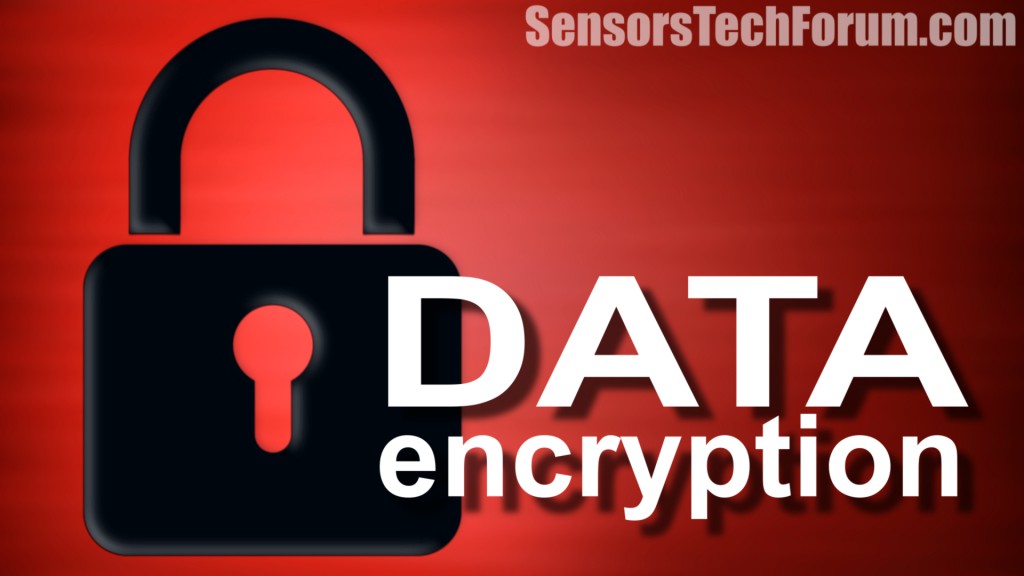
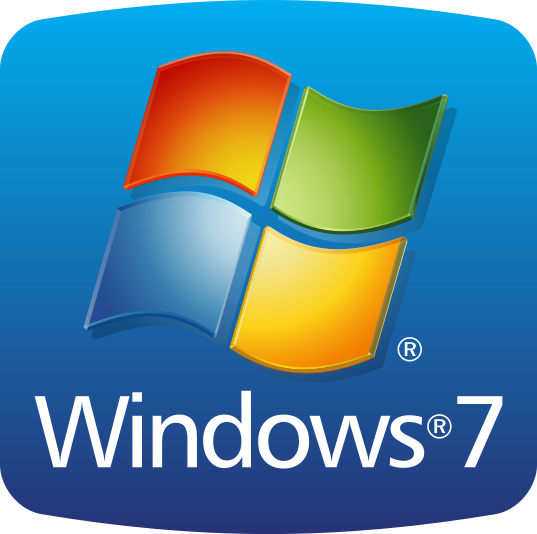 1. For Windows 7,XP and Vista.
1. For Windows 7,XP and Vista.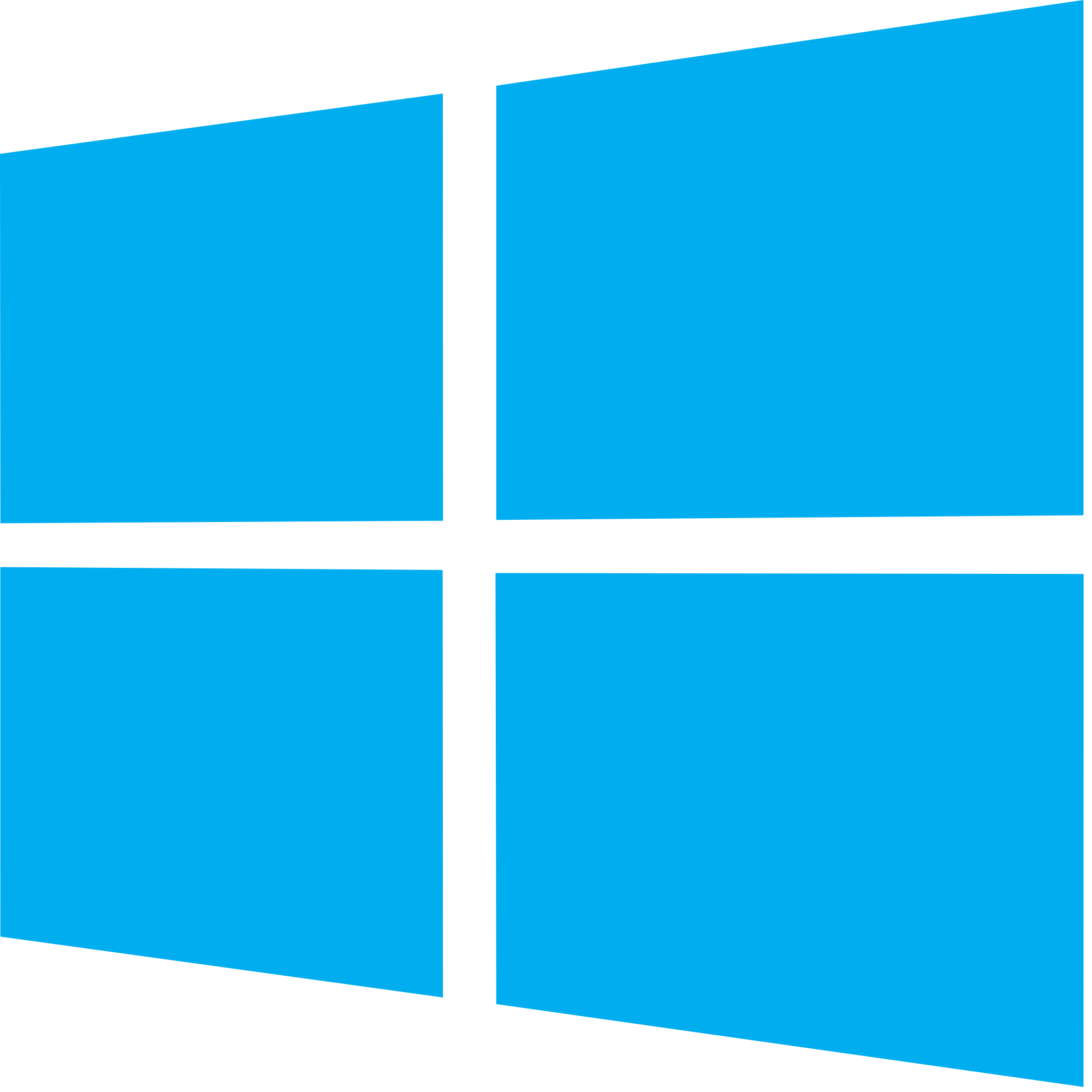 2. For Windows 8, 8.1 and 10.
2. For Windows 8, 8.1 and 10.
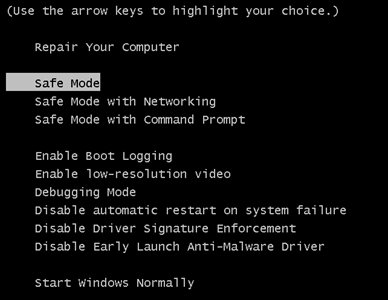
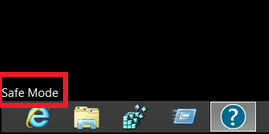
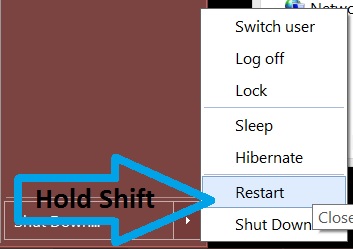
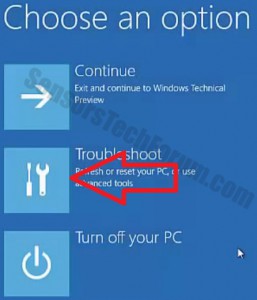
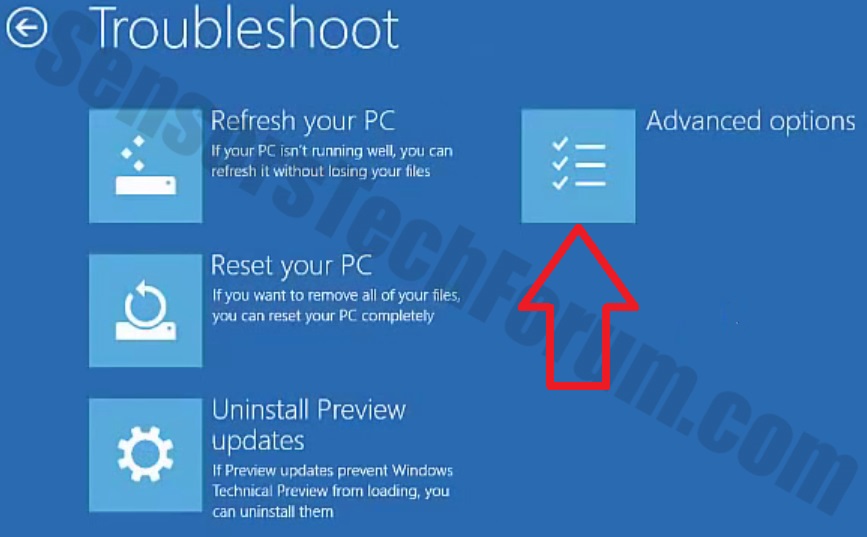
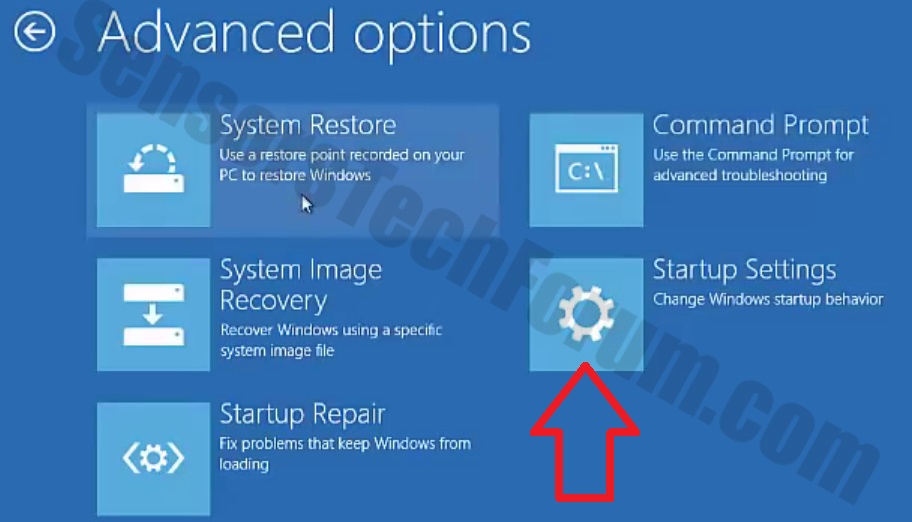
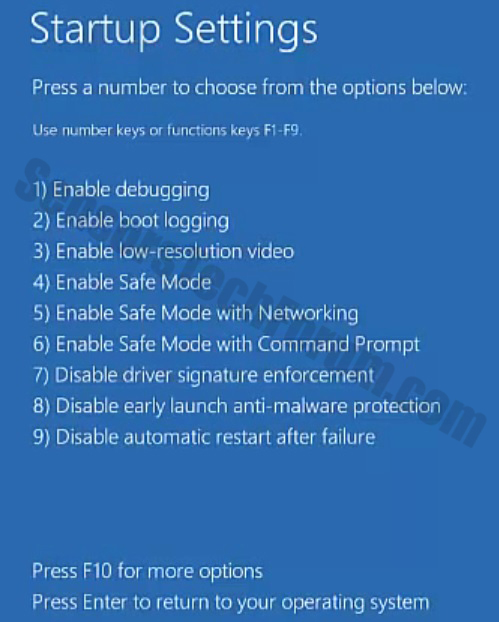
 1. Install SpyHunter to scan for and remove DecryptorMax Ransomware.
1. Install SpyHunter to scan for and remove DecryptorMax Ransomware.
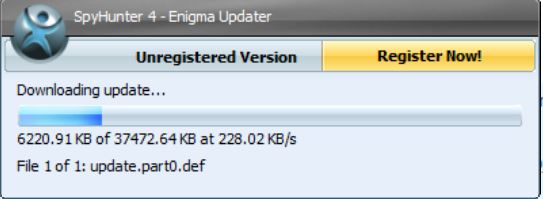
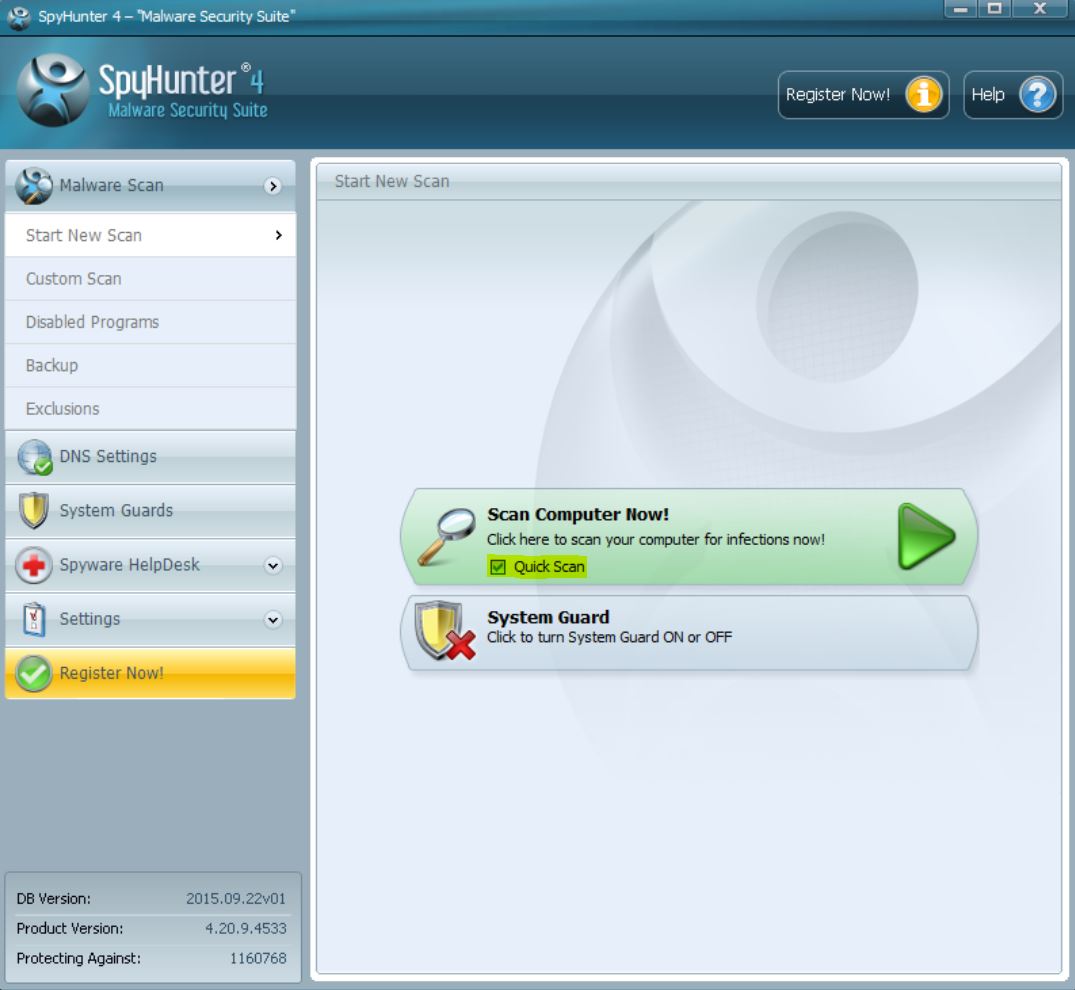
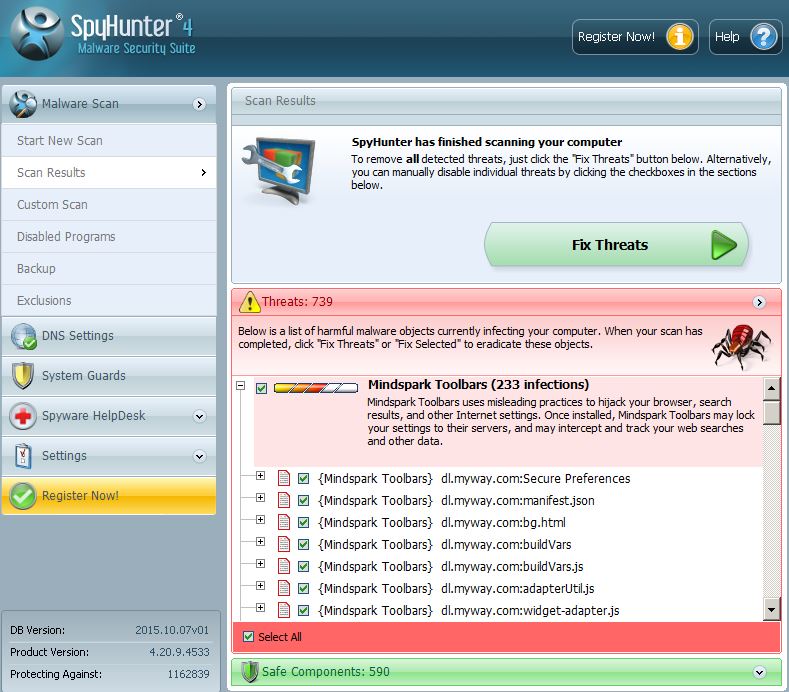
 1. Install Malwarebytes Anti-Malware to scan for and remove DecryptorMax Ransomware.
1. Install Malwarebytes Anti-Malware to scan for and remove DecryptorMax Ransomware.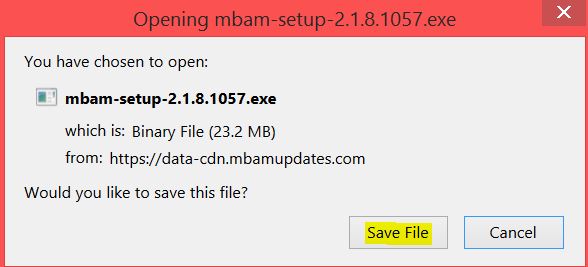

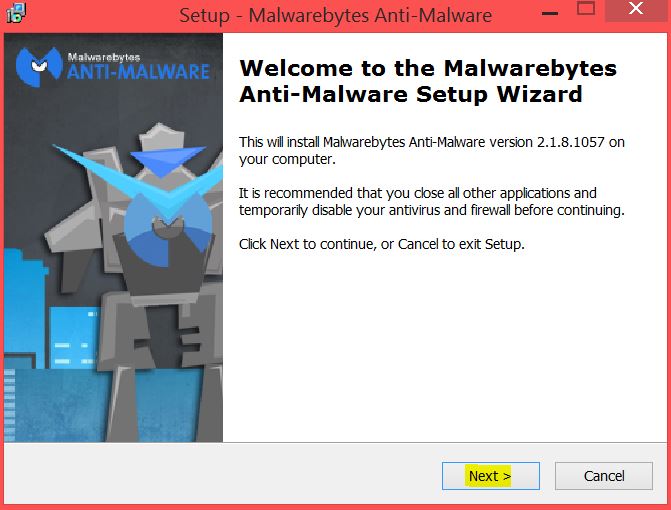
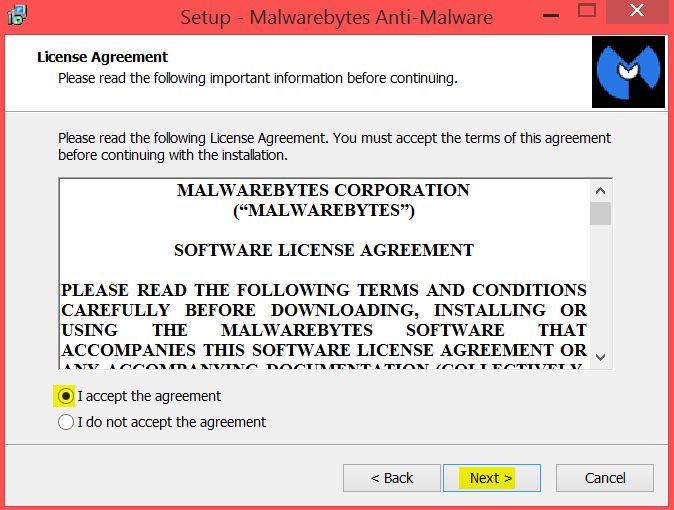
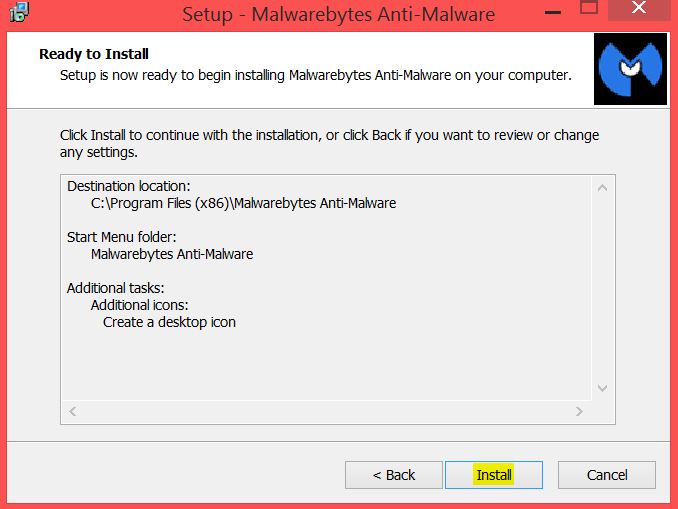
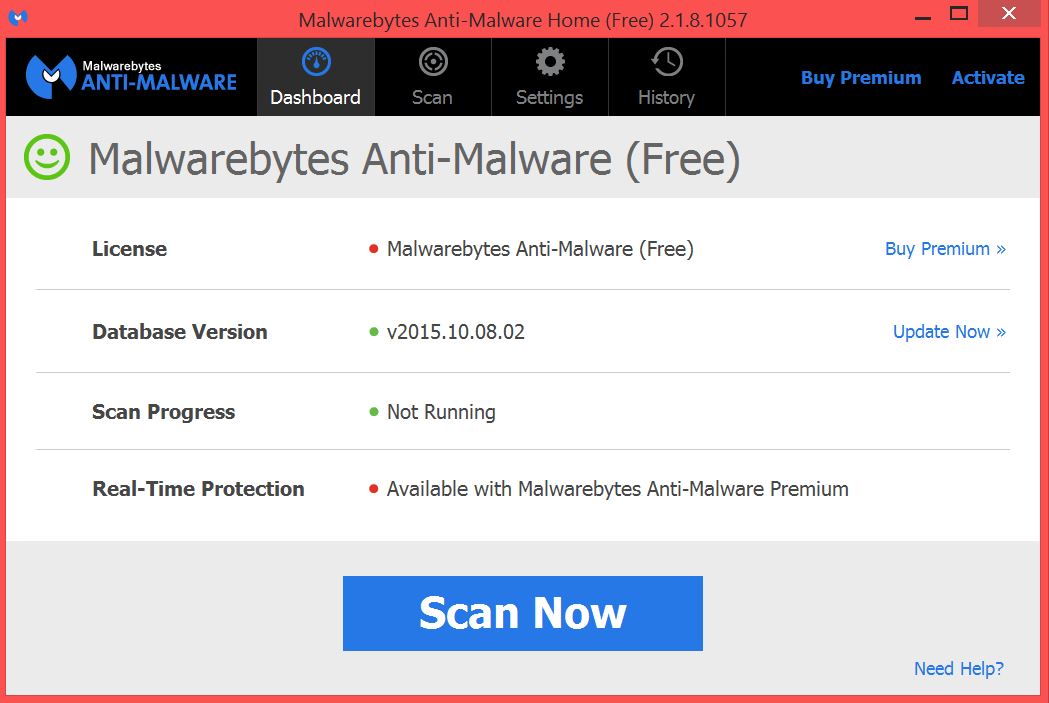
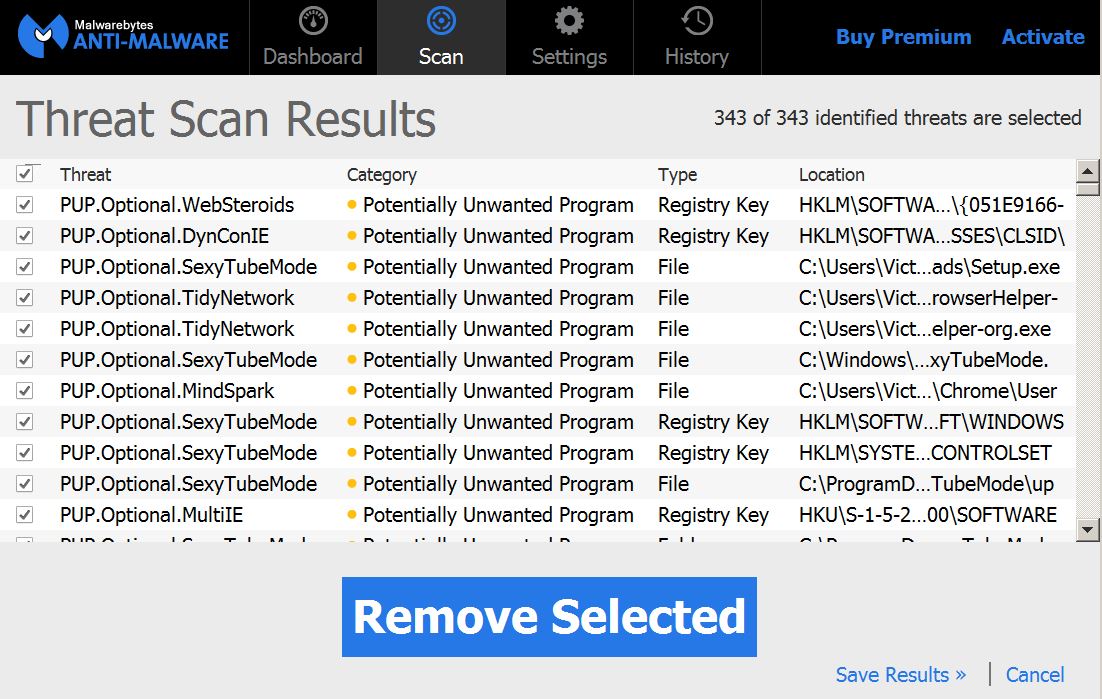
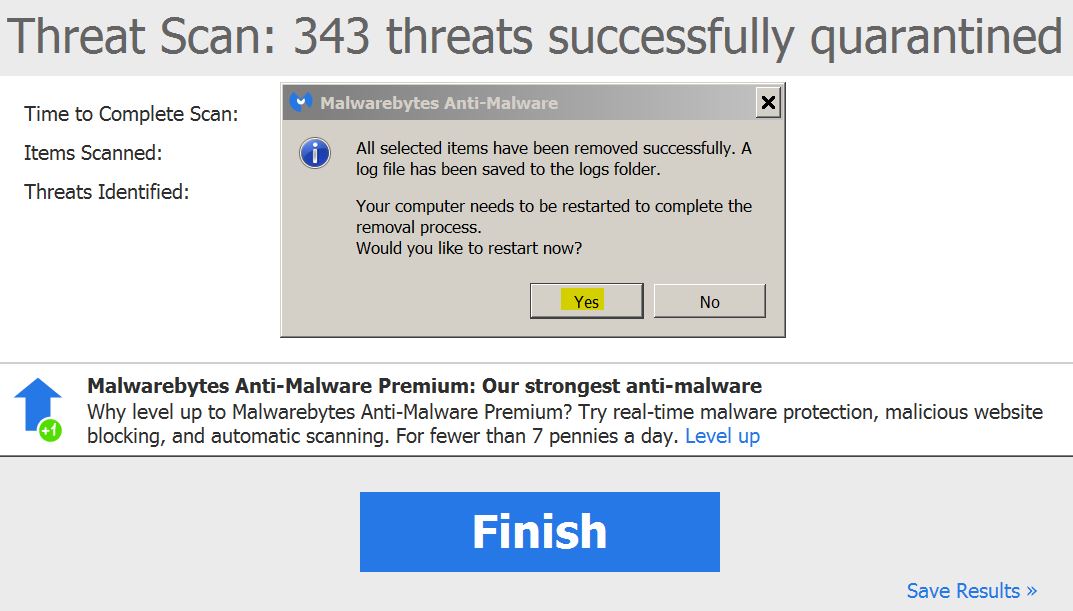
 1. Install STOPZilla Anti Malware to scan for and remove DecryptorMax Ransomware.
1. Install STOPZilla Anti Malware to scan for and remove DecryptorMax Ransomware.